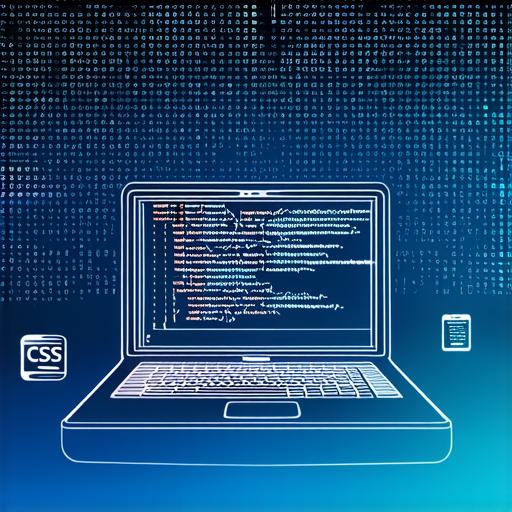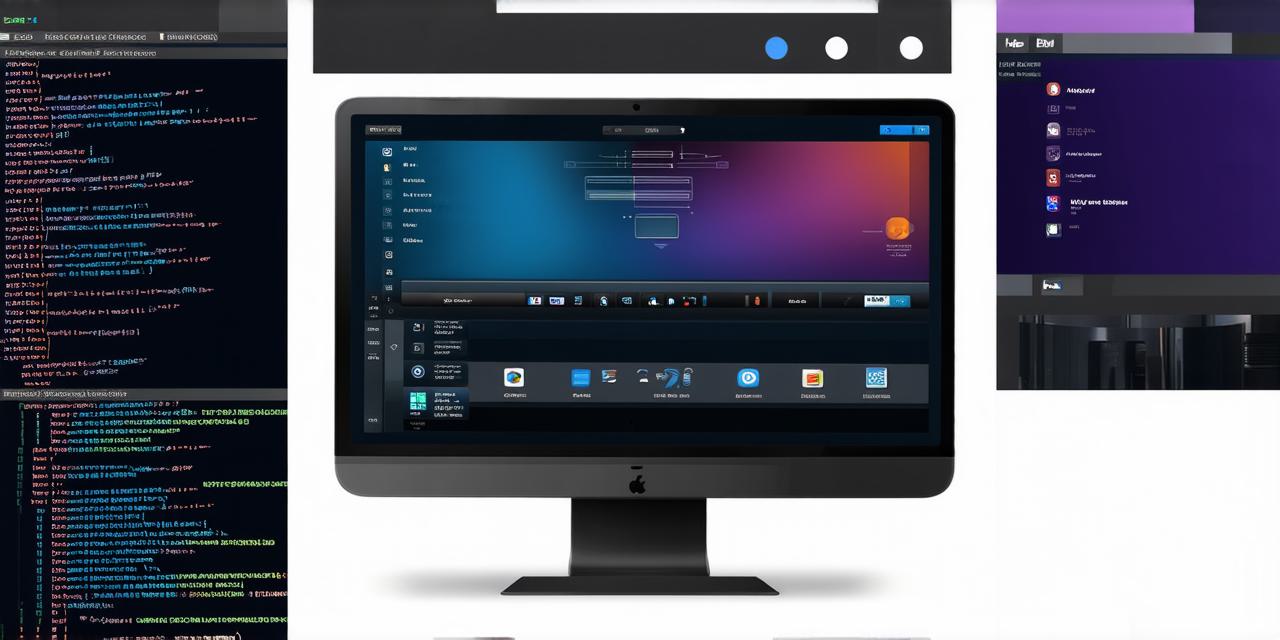In the vast tapestry of web development, two distinct threads often intertwine: front end and web development. While they share a common goal – crafting captivating digital experiences – their roles are as different as day and night. Let’s delve into the key differences and similarities that set these two apart.
Front End Developer (FED)
Imagine you’re walking down a bustling city street, taking in the sights, sounds, and feel of the environment around you. That’s what a front end developer does for web users – they create the visual and interactive elements that make a website engaging and user-friendly. They work with HTML, CSS, and JavaScript to bring designs to life, ensuring seamless navigation and responsive design across various devices.
Web Developer (WD)
Now, picture yourself as an architect, designing the very structure of the city itself. A web developer is like that architect, focusing on the underlying infrastructure that supports a website’s functionality. They work with server-side languages such as PHP, Ruby, Python, and Node.js to build databases, manage content, and ensure the site runs smoothly.
Similarities
Both FEDs and WDs share a passion for problem-solving, a knack for coding, and an eye for design. They collaborate closely to create cohesive, functional websites that meet user needs. Both roles require a strong understanding of web standards, best practices, and emerging technologies.
Key Differences
The primary difference lies in their areas of focus: front end developers concentrate on the user interface (UI), while web developers focus on the server-side infrastructure (back end). FEDs are concerned with how a website looks and feels, while WDs are focused on ensuring it functions correctly and efficiently.
Case Study
Consider a popular e-commerce platform. The front end developer is responsible for designing the user-friendly interface that allows customers to browse products, add them to their cart, and make purchases seamlessly. Meanwhile, the web developer ensures the site can handle high traffic, securely stores customer data, and efficiently processes transactions.
In Conclusion
While front end and web development may seem like two sides of the same coin, they are distinct roles with unique skill sets. Understanding these differences can help you navigate your career path in web development, whether you’re a seasoned professional or just starting out.
FAQs
1. Can I switch between front end and web development?
Yes! Many developers start in one role and transition to the other as their skills and interests evolve.
2. Do I need to know both front end and web development to be a successful developer?
It’s beneficial, but not always necessary. Specializing in one area can lead to mastery and expertise.

3. Is one role more demanding than the other?
Both roles require dedication, problem-solving skills, and a passion for coding. The demands vary depending on the project and team dynamics.
